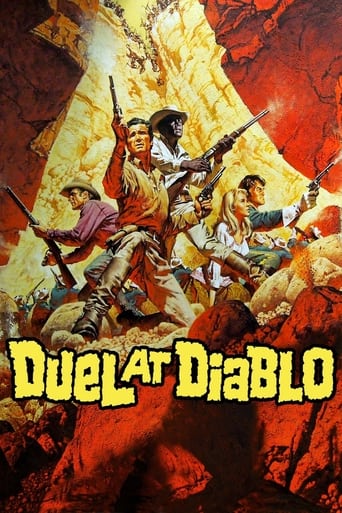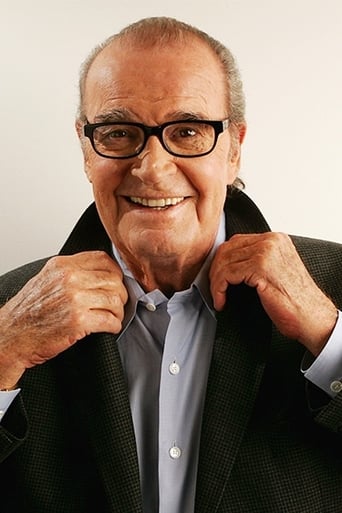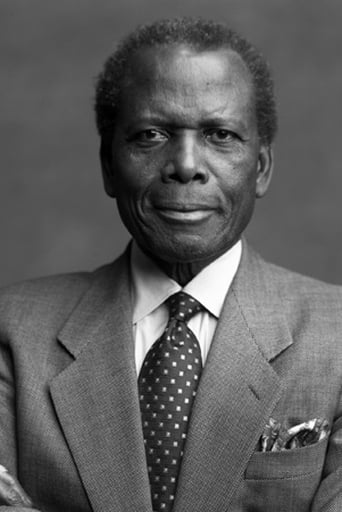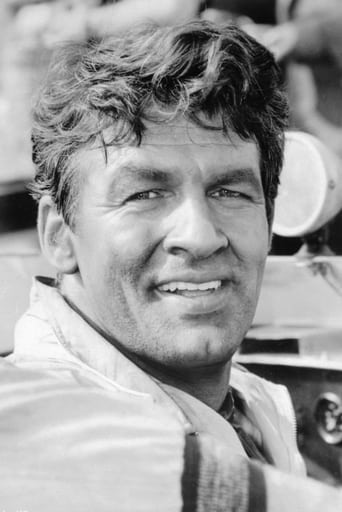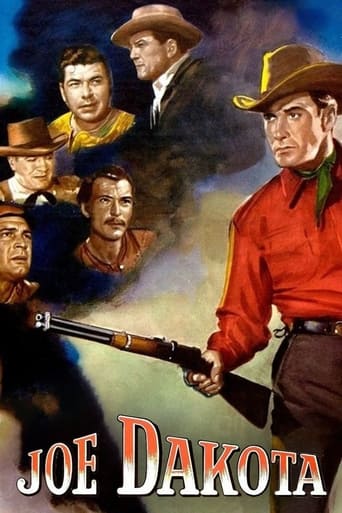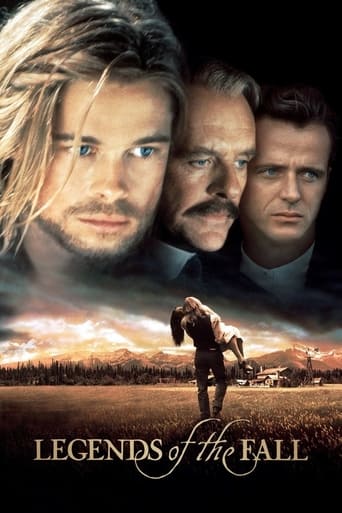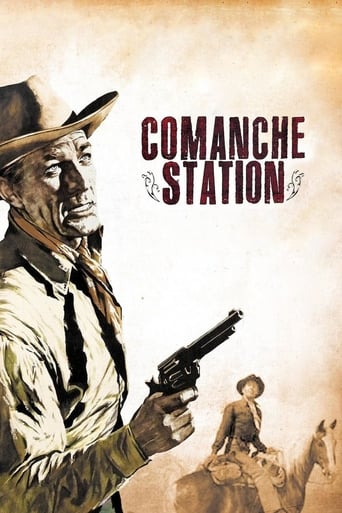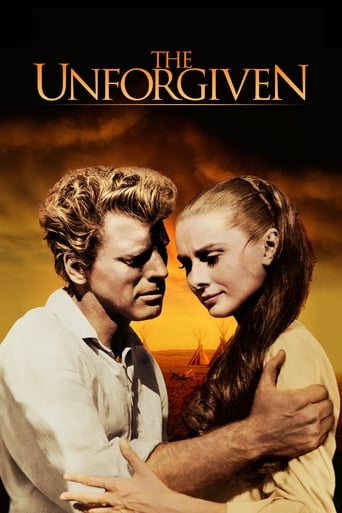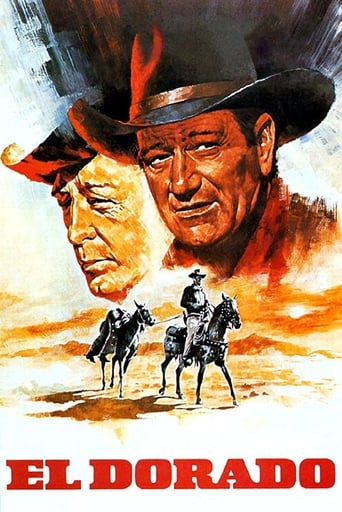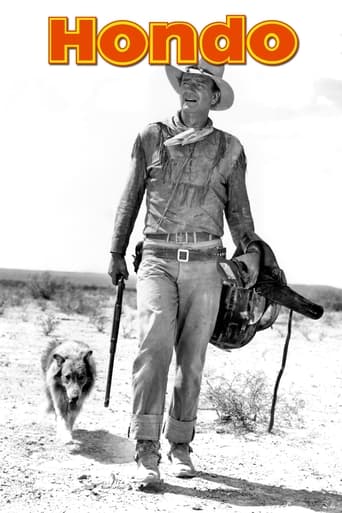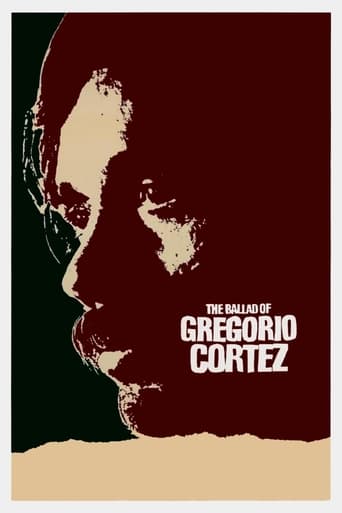Duel at Diablo (1966)
While crossing the desert, a frontier scout, Jess Remsberg, rescues Ellen Grange from a pursuing band of Apaches, and returns her to her husband, Willard Grange. He is contracted to act as a scout for an Army cavalry unit. Willard, Ellen, and her infant son are along for the ride, as is horse trader Toller, a veteran of the 10th Cavalry. The party is trapped in a canyon by Chata, an Apache chief and grandfather of Ellen's baby. Willard is captured and tortured. Jess sneaks away and brings reinforcements just in time to save the day. Jess learns that the man he has been hunting is none other than Willard Grange.
Watch Trailer
Cast


Similar titles
Reviews
Natives of the continent now known as North America had to get guns somewhere, and it took the white man to see that they got them. Trading with the "Indians" didn't bring cash, but other products or sources of food that the white man wanted. Other white men came in, stealing land and other goods, and as civilized society moved west, it was accompanied by a lust for blood. In this western, the conflict between the Apaches and European immigrants turned more violent. James Garner, finding out that his Comanche wife has been scalped, helps out the Swedish Bibi Anderson who became the mistress of an Apache warrior after being separated by arrogant husband Dennis Weaver. With the war between the Apaches and army growing, the transfer of weapons to other troops becomes a struggle it itself with the Indians on their trail, and the battle for survival begins.Enjoyable as a film but disturbing as reflection of our history, this leaves me with mixed emotions. The presence of Sidney Poitier as a well dressed black man involved in the transfer of weapons is simply star status added to the film because his character has no real impact on the plot line other than to seem to keep pulling Garner out of scrapes. British Bill Travets ("Born Free") is an odd casting choice as the leader of this mission. Beautifully filmed on Utah locations, thus must have been stunning on the big screen. The canyons are majestic and the country side truly cinematic. A tense moment occurs as arrow attacks by an unseen enemy begins to blur the soldier's vision because of the hot, bright sun. If this is one of the films that made Brando take notice of the mistreatment of native Americans in films and protest by turning down an Oscar, I would not be too surprised. It never explains why the Apaches were so bloody, only treating them continuously like savages.
"Duel at Diablo" is a gritty, realistic, top-notch Western directed by Ralph Nelson and released in 1966. James Garner stars as the independent scout. Garner is, of course, the quintessential Westerner, and this is his best Western role, in my opinion, more serious than Maverick. Sidney Poitier plays a man contracted by the US Army to break-in horses. Although a black man, he's not at all out-of-place in this yarn (it was apparently a new concept at the time to prominently feature black people in Westerns).Dennis Weaver is also on hand as the made-out-to-be-unlikable merchant who ultimately gets his comeuppance (but who can blame him for how he felt?); Bibi Andersson plays his adulterous wife; and Bill Travers is excellent as the Army commander.Aside from the excellent cast "Duel" is highlighted by magnificent Southern Utah locations and a phenomenal score by Neal Hefti. Some describe this score as offbeat; I suppose it is, but it somehow fits the Western genre. From what other reviewers say it's obviously a love-it-or-hate-it piece. I happen to love it; in fact, I feel it ranks up there with the best cinematic scores. Interestingly, Jerry Goldsmith ripped-off the basic melody of Hefti's composition for his equally-excellent score for "Bandelero!" two years later.The opening and ending sequences with Hefti's great score are memorable and moving. This is great filmmaking.You'll note that Poitier's character and the Army commander are quite at odds with each other, but note how one clearly shows his respect and honor toward the other at the very end."Duel" was one of the first Westerns I was ever exposed to and is therefore the standard by which I judge other Westerns. Because of this I naturally expect gritty realism and objectivity in any Western I view. This explains why I turned "Hondo" off at the 20 minute mark because of its artificial depiction of the Native American. It also explains why I scoff at the goofiness of so many spaghetti Westerns and am bored by their unrealistic, un-captivating story lines. (Don't get me wrong, I LOVE the entrancing score to "The Good, the Bad and the Ugly;" it's just that the story itself puts you to sleep)."Duel" also stands the test of TIME. Seeing it today, it's hardly aged at all. Compare this to, say, "The Man Who Shot Liberty Valance" and "The Searchers," classics that haven't aged very well.My overall grade for "Duel at Diablo" is A-. Although the first and last acts are strong and compelling, the second act is weak and uninteresting despite the fact that it has lots of Cavalry v.s. Indians action. Regardless, "Duel" ranks up there with the all-time best Westerns like "One-Eyed Jacks," "The Outlaw Josey Wales," "Wyatt Earp," "Nevada Smith," True Grit," "Jubal," "Dances With Wolves," "Purgatory," "Shane/Pale Rider" (essentially the same story), "Bandelero!," "Unforgiven," "MacKenna's Gold" and "3:10 to Yuma." GRADE: B+ or A-
in an age when black actors were confined to black roles, this film shows Poitier in a role that could easily have been played by a white actor-plus he's the coolest dude in the movie.Bill Travers doesn't have to do an American accent. this was from a time that people believed that there could be major characters with foreign accents in the USA who weren't villains. Of course the USA at this time, and at any time, had plenty of odd accents. Except in movies.The credits are waaaay more imaginative that you'd normally expect.The music is highly "different" The camera-work is very strange- all those overhead shots.I love this movie, and is a film I can watch again and again. It's very stylised-the lines are delivered like they were from a comic book.You know-the sort of thing Quentin T "discovered"
"Duel At Diablo" had me thinking about Sidney Poitier's role, and I'd love to hear his reason for taking the assignment. Considering his appearance in one of my favorite films, "In The Heat Of The Night", a classic study of racism and cultural fear, I wondered how he reconciled the role of a former black military officer helping the cavalry protect a supply wagon through Apache territory, with all the attendant characterizations of the red man as a hostile, savage brute. But Toller (Poitier) did have character, as demonstrated by the apology to Remsberg (James Garner) after learning of his wife's fate, that was an excellent scene.Dennis Weaver surprised me with his portrayal of Will Grange, showing a range of ability that far surpasses my singular impression of him as Matt Dillon's deputy, Chester Goode. He figures in somewhat of a story twist when it's revealed that he had a hand in the death of Remsberg's wife. The showdown you were expecting for the entire film managed to play out in a manner that kept Garner's character honorable, even if revenge was served. It was an effective way to handle the conflict.You know, I'm surprised that an obvious continuity issue hasn't been noted yet regarding the picture. When Remsberg leaves the soldiers for Fort Concho, he's riding a gray horse across the desert, but in the scene when the horse collapses from heat exhaustion, it's brown. A similar error occurs in the Western "Comanche Blanco" near the finale when William Shatner's horse changes color. It makes me wonder why film makers, or even the principal actor, can't remember how the scene started out so it can be finished without an obviously conflicting ending. They must have other things on their mind.At least it was gratifying to see that mathematical accountability came into play regarding the strength of both the Indian band and the cavalry. As the soldier forces dwindled, references were made to that effect, and you had a sense of the attrition. Contrast that with other Westerns where it often seems like one side or the other winds up with just as many men as they started with.You know, it wouldn't have taken much to turn this one into a John Ford/John Wayne cavalry Western. Most of the elements were there except the peaks of Monument Valley and a romantic interest for the leading man. Still, the inclusion of Ellen Grange (Bibi Anderson) as a conflicted white woman with an Apache baby added another layer of intensity to a film already chock full of angst driven characters. You knew she would make it to the end of the story, the question being, at what price.

